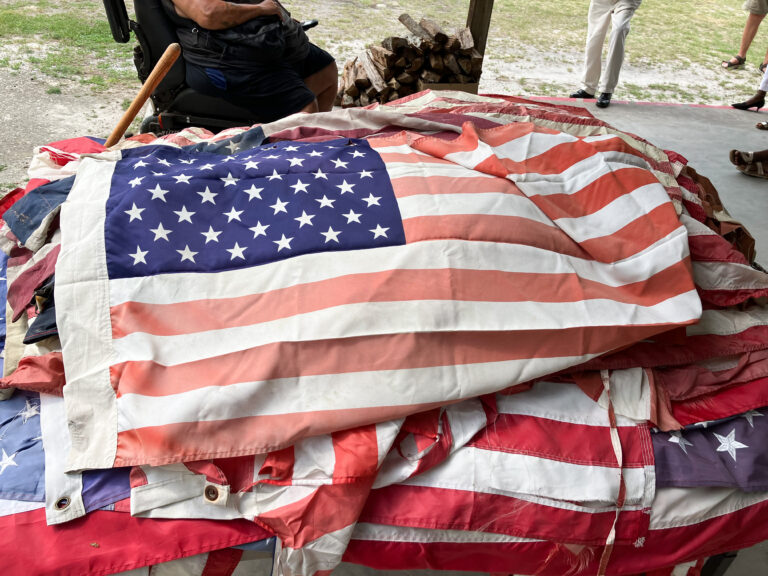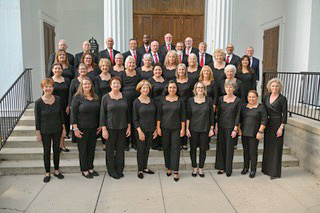Legacy Post Disclaimer
This is a #Legacy post imported from The Apalachicola Time’s previous platform. If you’re experiencing issues with this article, please email us at news@nevespublishing.com.
Homes, rental units OKd for St. James Bay area
THIS STORY HAS BEEN MODIFIED FROM ITS ORIGINAL VERSION TO REFLECT A MORE PRECISE DECRIPTION OF THE PROPOSED PROJECT’S OWNERSHIP.
In hopes of addressing a shortage of workforce housing rental units, and to create additional single-family homes at competitive prices, the developer of the the St. James Bay subdivision east of Carrabelle has secured approval from Franklin County commissioners to build 66 single-family, and 48 multi-family, units.
By a 3-0 vote March 14, the commissioners OK’d a land use change for close to 80 acres to the south and west of St. James Health and Rehabilitation Center. Commissioner Bert Boldt, who resides at St. James Bay, recused himself from the discussion and vote, and Smokey Parrish was absent due to a prior commitment.
“What we have found at St. James Bay is that we have a very difficult time finding employees because there are few places for people to live,” John Green, president of Chicago, Illinois-based Lynnwood Development, St. James’ owner, told commissioners.
Lynnwood Development owns MJM Carrabelle LLC, the entity which oversees St. James Bay’s golf course, restaurant and rehab center, as well as about three dozen unsold lots within the St. James Bay subdivision. The 80 acres, now under contract, would be owned by the same group of Lynnwood partners, but goes under the name Eagles Way Investments LLC.
Green said St. James Bay now has close to 90 employees, with that number expected to grow when Lynnwood moves forward with a 72-unit boutique inn that was approved a year ago.
“We saw this as an opportunity to address some of the challenges we have,” he said, noting the short-term rental market has sent prices soaring for a limited number of units. “At the end of the day, somebody that can afford $1,500 a month for a nice apartment, (they can’t) go find it.”
Because Eagles Way has not sought legal designation as low-income or affordable housing, it will be free to set rents as it wishes, but Green has made clear his intended market for much of the land he now has under contract to purchase.
“Workforce housing is now the flavor of the month,” he said. “People working need a nice clean place to live. This is a good way to address that need.”
As stipulated in the planned unit development (PUD) documents, for every unit built, Eagles Way will donate $500 to the county’s land trust or a similar organization dedicated to developing affordable housing.
The single-family homes, about 1,500 square feet, will likely sell in the neighborhood of $300,000 to $350,000, Green said, noting this price point would be below many of the soaring prices at St. James Bay and throughout the county.
“To get something under $350,000 to $375,000 it’s almost impossible,” he said. “The costs are going up quicker than people’s ability to afford them. A lot of empty nesters would love to buy a house for $300,000, (which is) a little bit under what our current housing stock is.”
County Planner Mark Curenton said the only concerns about the plan were voiced by the Florida Department of Transportation, which initially thought that the traffic plan drawn up by Inovia consulting should be based on a much higher allowable number of units. But since the PUD now stipulates that no more than 114 units will be built, this concern was addressed.
In addition, Curenton said that the Florida Fish and Wildlife Conservation Commission wanted to ensure potential residents were aware that over the last decade, there had been 237 reports of human-bear conflicts within roughly a five-mile radius of the project site, and that steps be taken “to avoid or minimize negative wildlife interactions during the planning, construction, and operation phases of this project.”
St. James Bay resident Chester Butler led a series of neighbors who appealed to commissioners to postpone a decision to move forward, many citing the possible effect workforce housing might have on their property values.
“There are issues that have not been fully fleshed out to me,” said Butler. “I’m not so sure moving more people directly into the path of bear country (is a good idea). The night at St. James Bay belongs to the bears.
“I want answers on stormwater drainage, I want answers on traffic control,” he said. “I think we’re going a little too fast. The definition of ‘affordable housing’ is very ambiguous. I can’t make a decision on hopes.”
Specifics on stormwater drainage, connection to Carraelle’s sewage system and other infrastructure issues are to be addressed during future site plan review, Curenton said.
Green noted that originally, St. James Bay was approved years ago for over 520 units, but since that time, there are now about 40 full-time residents. “We’re slowly making progress on that,” he said. “There is plenty of capacity but a lot (of these proposed homes) won’t get built. People are buying two lots and putting one house on them.”




Meet the Editor
David Adlerstein, The Apalachicola Times’ digital editor, started with the news outlet in January 2002 as a reporter.
Prior to then, David Adlerstein began as a newspaperman with a small Boston weekly, after graduating magna cum laude from Brandeis University in Waltham, Massachusetts. He later edited the weekly Bellville Times, and as business reporter for the daily Marion Star, both not far from his hometown of Columbus, Ohio.
In 1995, he moved to South Florida, and worked as a business reporter and editor of Medical Business newspaper. In Jan. 2002, he began with the Apalachicola Times, first as reporter and later as editor, and in Oct. 2020, also began editing the Port St. Joe Star.